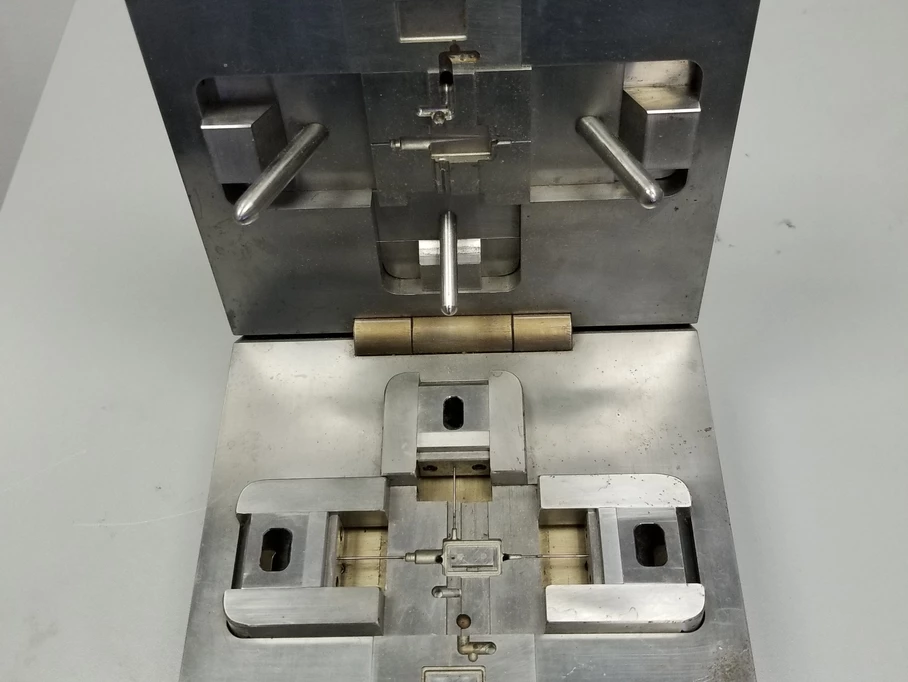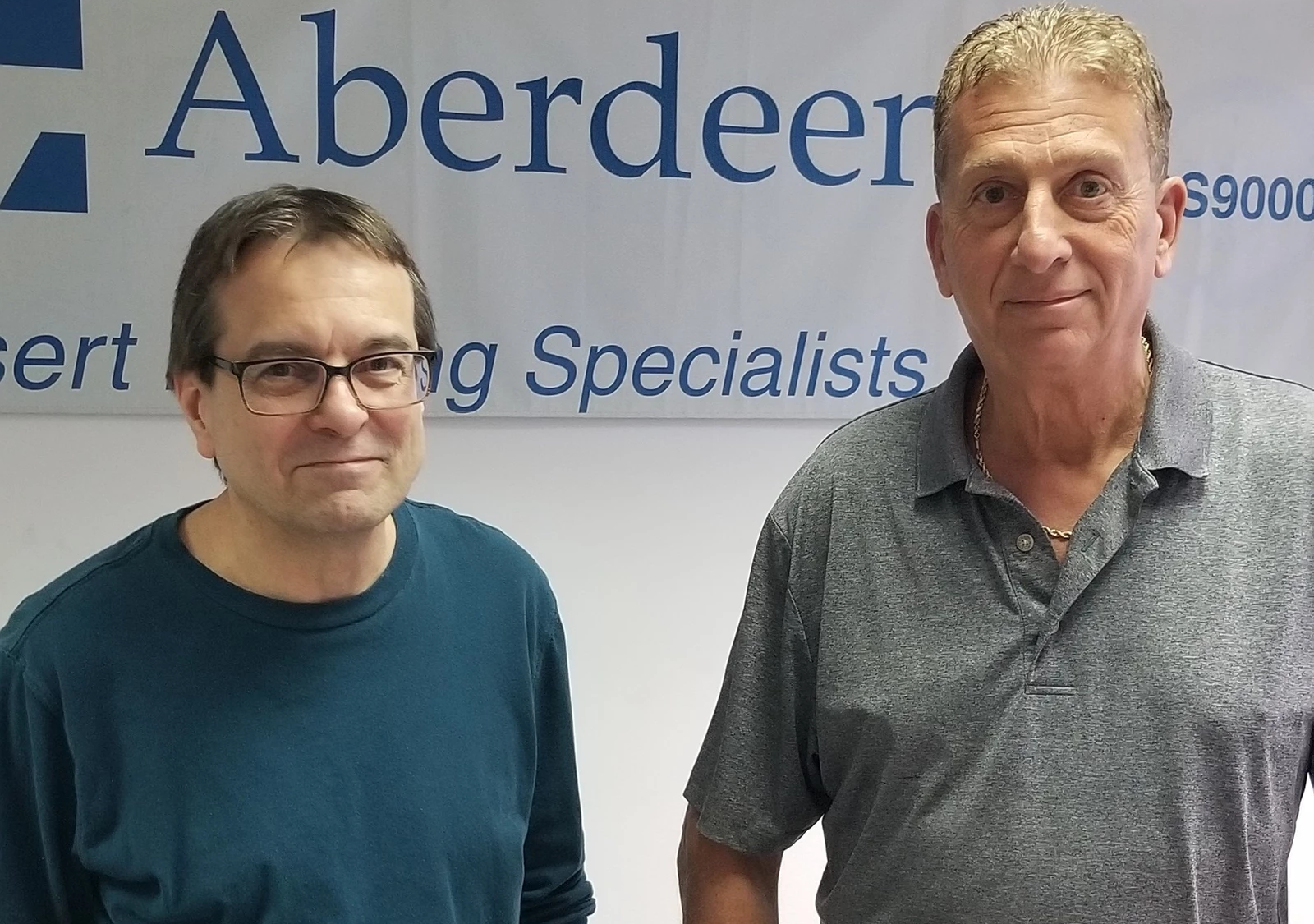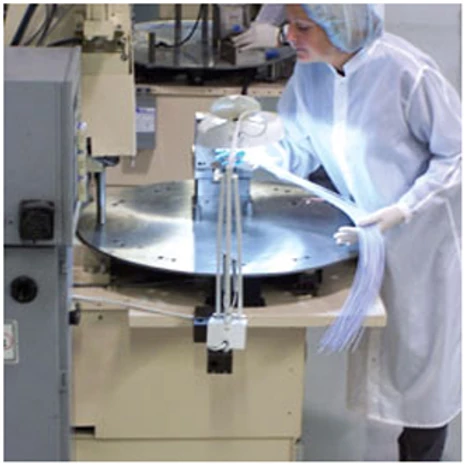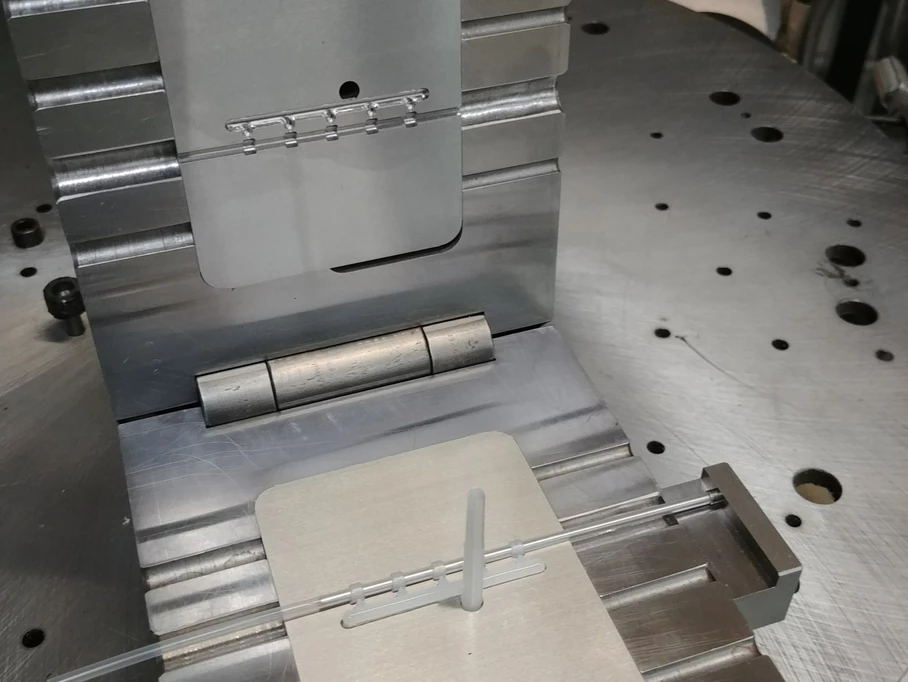Bookmolds: A novel approach to medical device manufacturing
Some of the more challenging aspects of medical device manufacturing come from the unique opportunities presented by plastic insert molding. Many of today’s new and innovative healthcare products are made of a combination of thermoplastic resin and components like cannula, tubing, wires, cables, stampings and delicate sensors. Great advances have come with the development of specialized insert molding equipment and mold-tooling designs that allow delicate components to be molded directly into the devices, instead of being incorporated later through machining, gluing, or ultrasonic welding.
However, it is often difficult to hold these components in place during the injection-molding process. The vast majority of equipment on the market is configured so the top half of the mold is attached to the upper platen of the molding machine, with either one bottom mounted directly below, or multiple bottoms that travel on a shuttle or rotary table. When one bottom is mounted below, the top closes down with some force onto the bottom, plastic is injected, and then the top half rises again to give access to the finished molded parts.
The drawback with this method is that not much else can be accomplished while the cycle is being completed—for example, no additional inserts can be loaded in the mold. To solve this problem, multiple mold bottoms are often used so operators can continue to work during the molding cycle, reducing overall cycle times and improving output.
Whichever process is used, the inserts loaded in the bottom mold half must be held securely in place so that, when the top closes, neither the mold nor the often-expensive insert is damaged. Damage to the mold can be substantial, especially when the two halves close under high tonnage around steel or other rigid materials, so it is important to locate and secure components in place carefully during molding. Still, factors such as operator misplacement or shuttle/rotary table vibration can mean damage to the mold or the inserts.
One solution used by a growing number of companies is bookmolds mounted on a rotary table press. Bookmolds, which have been around for many decades, were especially popular in transfer-molding of rubber products and components, but they have become even more prevalent in the production of medical devices that use thermoplastic resins or even silicone rubber. Understanding how these bookmolds function will help illustrate how they can help improve a company’s quality and efficiency.







Post a comment